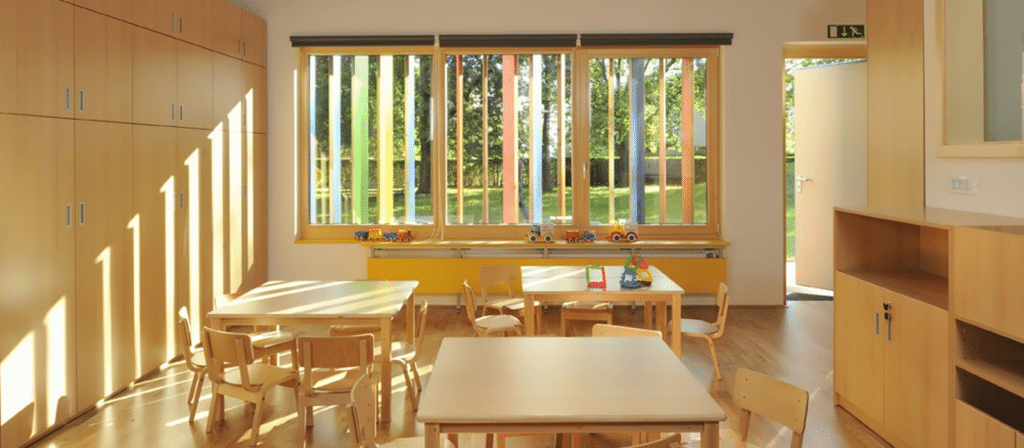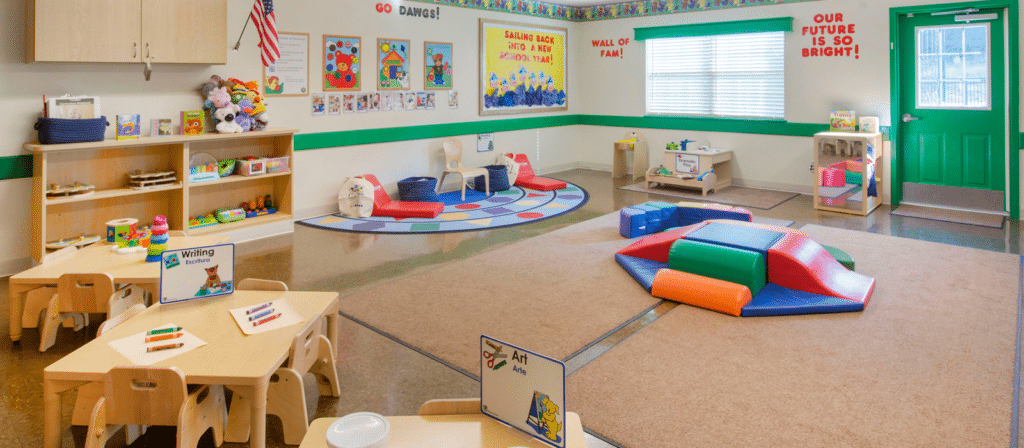As a Montessori educator, one of the most common questions I receive is why Montessori classrooms are not as colorful as traditional classrooms. It is true that Montessori environments tend to have a more subdued color palette, with neutral tones and natural materials. This deliberate choice is not arbitrary, but rather an intentional design element that serves a purpose in supporting the Montessori method of education.
Montessori environments prioritize simplicity and focus on the child’s engagement with the learning materials rather than the surrounding aesthetics. The intentional absence of excessive colors aims to minimize distractions and provide a calm, visually organized space that supports concentration and independent exploration.
So why is Montessori not colorful?
The answer lies in the philosophy and principles behind the Montessori approach. Maria Montessori, the founder of the Montessori method, believed in creating an environment that promotes concentration, independence, and inner discipline in children. The use of neutral colors and natural materials in the classroom is intended to create a calm and peaceful atmosphere that allows children to focus on their work and engage in deep concentration.
By using neutral colors, such as shades of beige, white, and light pastels, Montessori classrooms avoid overstimulation and visual distractions that can hinder children’s ability to concentrate. Bright, bold colors may be visually appealing, but they can also be overwhelming and create a chaotic environment. In a Montessori classroom, the focus is on the materials and activities themselves, rather than the aesthetics of the space.
Another reason for the lack of bright colors in Montessori classrooms is the emphasis on natural materials. Montessori materials are carefully designed to be sensory-rich and provide a hands-on learning experience for children. Many of these materials are made from wood, metal, or natural fibers, reflecting the importance of connecting children with the natural world. By using natural materials, the classroom becomes an extension of the natural environment, promoting a sense of harmony and connection with the world around us.
In addition to supporting concentration and a connection with nature, the neutral color palette in Montessori classrooms also allows for personalization and individual expression. While the overall color scheme may be subdued, children are encouraged to bring their own creativity and personality into the classroom through their work and the materials they choose. Rather than being defined by the color of the walls or decorations, the Montessori classroom becomes a canvas for children to explore, discover, and express themselves.

But what about the benefits of colorful environments?
It is important to recognize that there is value in both colorful and neutral environments, and different approaches work for different educational philosophies. Colorful classrooms can be stimulating and engaging, and they may appeal to children who thrive in vibrant and dynamic environments. However, the Montessori method places a strong emphasis on simplicity, order, and beauty, and the use of neutral colors aligns with these principles.
Research has shown that the physical environment plays a significant role in children’s learning and development. Studies have found that the color of the walls, lighting, and overall design of the classroom can impact students’ mood, behavior, and academic performance. However, it is important to note that the benefits of a colorful environment can also be achieved through careful selection and arrangement of materials, rather than relying solely on the color scheme.
Conclusion
In conclusion, the choice to keep Montessori classrooms less colorful is not a random decision, but a deliberate choice based on the principles and philosophy of the Montessori method. The use of neutral colors and natural materials promotes concentration, a connection with nature, and individual expression. While colorful environments have their merits, the Montessori approach values simplicity, order, and beauty in creating a calm and purposeful learning environment for children. So, the next time you step into a Montessori classroom, remember that the absence of bright colors is intentional and serves a greater purpose in supporting children’s education and development.













